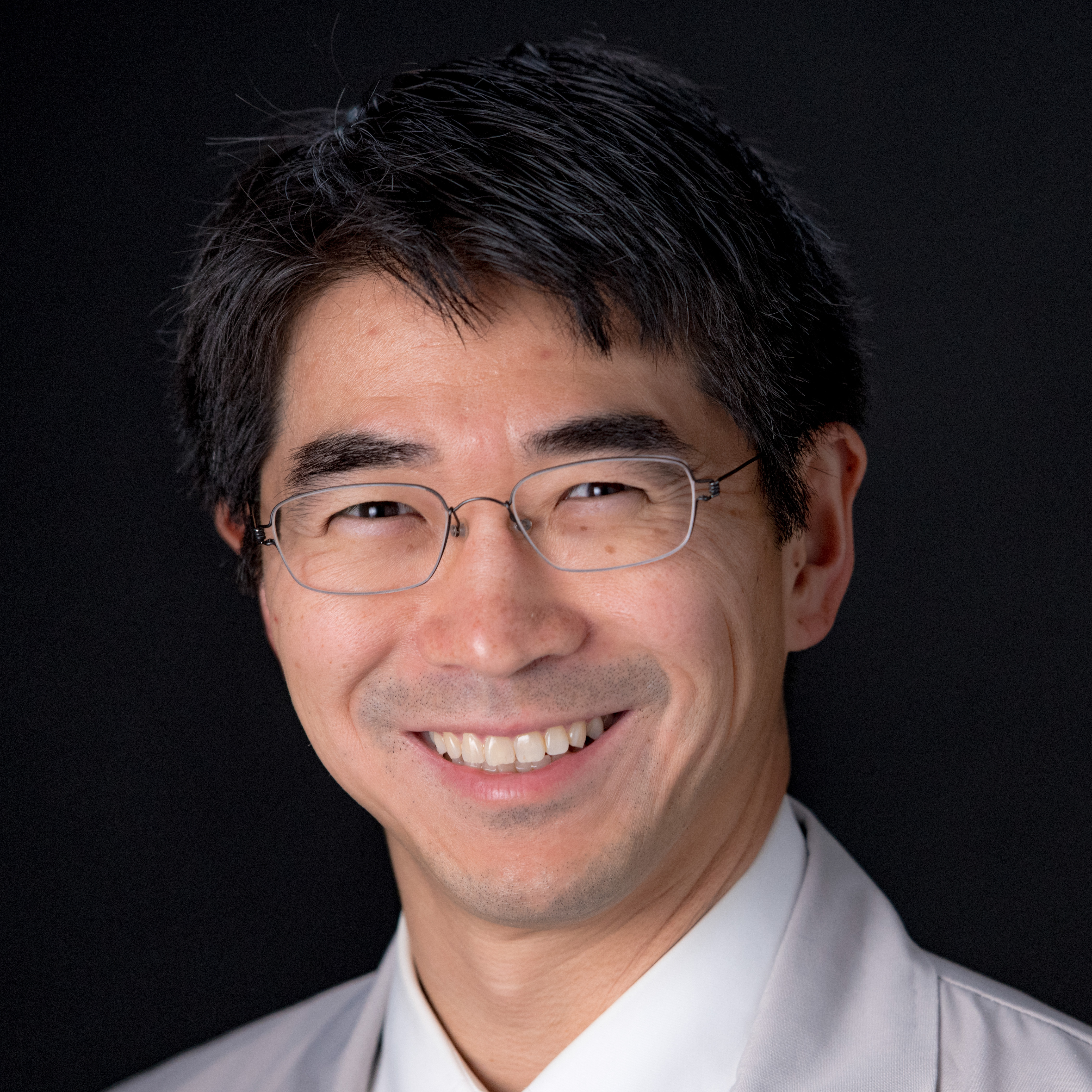Description
BACKGROUND
Total Knee Arthroplasty (TKA) is an increasingly popular procedure, with
the number of yearly surgeries in the United States projected to be well
over 1,000,000 in the next 10 years1. Much of the success of a TKA is
attributed to proper knee balancing during surgery- during trialing, proper
knee balancing is defined as a mediolateral load differential of less than
15 pounds2.
Adequate soft tissue balancing during TKA prevents early failure such as
instability, wear and loosening and leads to superior patient-reported
outcomes2,4. This “balancing” is done intraoperatively through various
surgical corrections.2
Varus and valgus knee deformities present challenges for restoring proper
alignment and adequate balance3. Varus deformity, when the tibia is
misaligned with the femur, is the most common deformity, which requires
the release of medial soft tissue sleeve (MSS) to obtain balance3.
A problem is that traditional soft tissue balancing during TKA is determined
by the subjective assessment of the surgeon2,3. The pie crusting technique
was initially proposed for releasing the tight lateral structures in fixed
valgus deformities.3,5,6
This technique consists of performing series of multiple horizontal incisions
or punctures, allowing progressive adjustment of lengthening and avoiding
complete detachment of the ligament3,5,6 Several recent research studies
suggest pie-crusting of the MCL to be an effective and safe technique to
balance medial gap while also correcting the varus limb alignment3,5,6
OBJECTIVE
Several studies showed controlled gradual increase in medial gaps would be
attained by pie-crusting technique, however there is paucity of data
quantifying the effect of pie crusting on the medial gap increase and MCL
stiffness.
The aim of this study is to quantitatively assess the effects of pie-crusting on
MCL elongation and change in stiffness. Our hypothesis suggests that a
controlled application of pie-crusting will lead to MCL elongation in a
predictable manner, while maintaining the structural integrity of the MCL.
METHODS
Biomechanical Set-up
Nine frozen cadaver knees were acquired, and all specimens were
dissected, leaving only the femur and tibia connected by an isolated MCL.
Bone cuts were made similarly to those performed during primary TKA by
two senior orthopedic surgery residents. Twenty-four hours prior to
dissection, the specimens were wrapped in gauze, thawed at 20◦c , and
periodically sprayed with saline.
Mechanical testing was performed using an MTS machine (fixing both the
proximal segment (femur) and distal segment (tibia) of the knee into
cylindrical holders.
The MTS software was set to record values of force and displacement
values following successive 18-gauge needle punctures in pairs of two at
a time. This was in accordance with the pre-designed template/grid, as
shown in Figure 1.
Figure 1. 3D printed grid covering the surface of the MCL for exact
perforations using an 18-gauge needle.
Specimen Testing
The specimens were preloaded with a controlled tensile load of 2-5 N and
cycled for conditioning reasons until the desired level of stretching was
attained Previous experiments have used an 80 Newton (N) load to study the
tension of the MCL .
Our tests revealed that such load produced minimal displacement. Using the
stress-strain curve, we settled on a load of 120 N, due to it producing
adequate displacement while the ligaments remained in the elastic range
We developed a 3D-printed pie-crusting template that covers the entire
surface of the ligament. This was used as a guide during pie crusting
Horizontal perforations were made using an 18-gauge needle positioned
perpendicular to the MCL fibers. Perforations were started in the posterior
MCL at the level of the tibial plateau and continued in a posteroanterior
direction, ultimately extending above the midpoint of the MCL. We performed
12 incisions, four holes per row with three holes in each column, separated
by 3mm.
Measurements were performed prior to any perforations and subsequently
before any perforations and after every 2 perforations for each knee. This
was repeated until 12 holes were made
The resulting deformation and stiffness were recorded.
MCL Elongation
Before pie-crusting, the mean medial femorotibial (MFT) space was 6.018
± 1.4 mm (3.709 - 7.686 mm). After 12 perforations were made, the mean
MFT increased to 7.078 ± 1.414 mm (4.975- 8.680 mm). The average MCL
elongation was 1.060 ± 0.749 mm, with an R= 0.968, R2 = 0.937, indicating
a strong correlation between change in ligament length and number of
perforations.
RESULTS
Table 1. Medial Femorotibial gap
with an increasing number of
perforations during pie-crusting.
Figure 2. Change in MCL
elongation with increasing
number of perforations during
pie-crusting.
MCL Stiffness
The mean MCL stiffness was 32.15 ± 9.44 N/mm initially. After 12 perforations
were made, the mean stiffness decreased to 26.57 ± 6.15 N/mm. The mean
MCL stiffness was 1.060 ± 0.749 mm, with an R= 0.982, R2 = 0.965, indicating
a strong correlation between the change in ligament stiffness and number of
perforations.
Table 2. MCL stiffness with
increasing number of perforations
during pie crusting
Figure 3. Mean MCL stiffness as
a function of the number of holes.
CONCLUSIONS
Pie-crusting of MCL is an easy-to-perform and reproducible, effective, safe
and measurable approach for medial soft tissue release.
With regards to increasing MCL elongation and reducing stiffness, the use
of using a novel grid-based approach to pie-crusting provides an
expedient, effective, safe, and beneficial technique for addressing the
varus deformity in TKA patients.
The results of this study could be utilized to provide a pie-crusting
grid/template which will assist the surgeon in achieving a desired gap by
choosing a combination of number and pattern of holes on template.




